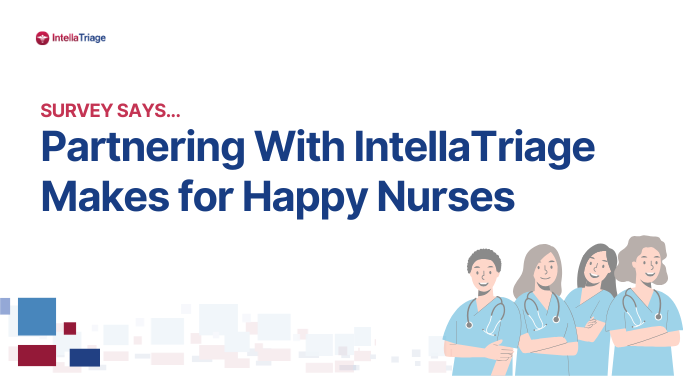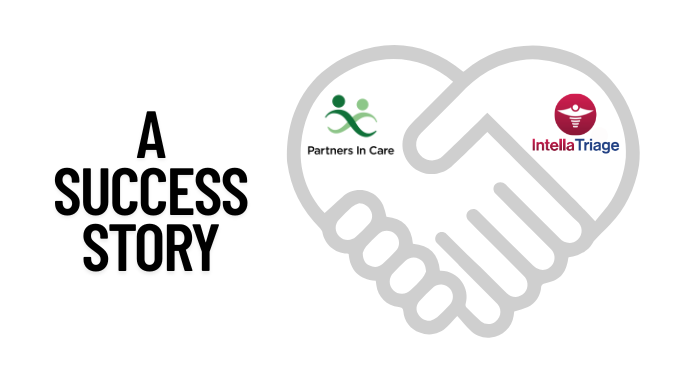Telehealth and Telemedicine Solutions Are Redefining The Traditional Medical Call Center
If your are searching for ways to deliver more progressive 24/7 virtual care and cut costs while still offering high-quality, on-demand access to licensed nurse triage it’s time to rethink the traditional telehealth and telemedicine solutions as well as the old medical call center models.
The conventional approach that offers different, unconnected resources and contact points for a nurse advice line, after hours and weekend nurse triage, and patient engagement support is not only difficult to navigate, it’s also more expensive to provide, than a traditional medical call center or answering service. But there’s good reason and benefits to this model.
When looking to offer after hours patient engagement support (through telehealth and telemedicine solutions) that uses only nurse triage as the first point of patient interaction, with live nurse consults and medical assistance when your patients need it, delivers one seamlessly integrated, cost-saving service. With this new Nurse Driven model, only the patients that need to see a physician or have a nurse make a house call will move through the triage center to that next step in care, while patient advocates (Licensed RNs) provide guidance or care at a lower cost to your healthcare organization.
By The Numbers
A patient call to your organization on nights or weekends is less likely to opt for an emergency room visit or 911 call if they have a chance to speak with a licensed nurse at the point of contact. What we know are that skilled, licensed nurses are able to resolve about 75-80% of the calls that would normally result in an unnecessary ER visit, nurse on call visit or follow up from a physician on the off hours. So even if you pay a bit more for licensed nurse coverage a healthcare organization can still save significantly with a combined approach that saves your physician’s time, on call nurse travel and lost revenue due to unnecessary ER visits.
The Most Important benefit? Improved Patient Satisfaction!
Removing care silos also simplifies the patient experience, providing faster access to the most appropriate care with a single point of care – licensed nurses. This removes the uncertainty patients may have about their own care and don’t have to think about who to call when they’re sick or caring for a family member. It also gives patients one more reason to stay with your healthcare organization versus competitors who have a more comprehensive and seamless transition of care during the off hours and weekends.
If you have ever wondered about transitioning from the old medical call center model to a more integrated patient engagement model that utilizes live licensed nurses as the first line of defense for patients in need, contact us today to start a conversation about our telehealth and telemedicine solutions.
Contact Us for a Consultation
Ready to optimize your triage process? Reach out to us today for a consultation tailored to your needs. Let’s elevate your patient care together.
More From The Blog
Survey Says… Partnering With IntellaTriage Makes for Happy Nurses In today’s competitive healthcare landscape, becoming the employer of choice is a strategic advantage. And if you’re in hospice or home health, your clinicians aren’t just looking for better pay. They’re looking for better balance. According to a recent survey of IntellaTriage clients, 96% say our [...]
Recent data breaches are once again highlighting the urgency of securing protected health information (PHI). In March 2025, Yale New Haven Health System disclosed that an unauthorized third party accessed the personal data of nearly 5.6 million patients. Around the same time, Kentucky’s Cumberland County Hospital suffered a breach affecting more than 36,000 individuals, including [...]
Partners In Care - A Success Story. Partners In Care is a 5-star nonprofit provider of hospice, palliative, and home health services in Oregon. When they decided to reevaluate their after-hours care model, the goal was clear: prioritize patient care while supporting the nurses who make it all possible. Their home health and hospice nurses [...]









